Improving VO₂ max—the maximum amount of oxygen your body can utilize during intense exercise—is a key goal for athletes, fitness enthusiasts, and anyone aiming to enhance cardiovascular health and endurance. While training is essential, nutrition plays a foundational role in optimizing aerobic capacity. This article reveals a no-nonsense, weekly meal prep strategy designed to support and enhance VO₂ max, backed by science and practicality.
VO₂ max is influenced by heart efficiency, lung capacity, muscle oxygen utilization, and mitochondrial density—all of which can be supported through proper nutrition. While high-intensity interval training (HIIT) and endurance workouts are primary drivers of improvement, the body needs the right fuel to adapt, recover, and perform at its peak.
Nutrients like antioxidants, healthy fats, iron, B vitamins, and nitrates help reduce oxidative stress, improve blood flow, support red blood cell production, and enhance mitochondrial function. Strategic meal prep ensures consistent intake of these nutrients, removing guesswork and supporting long-term progress.
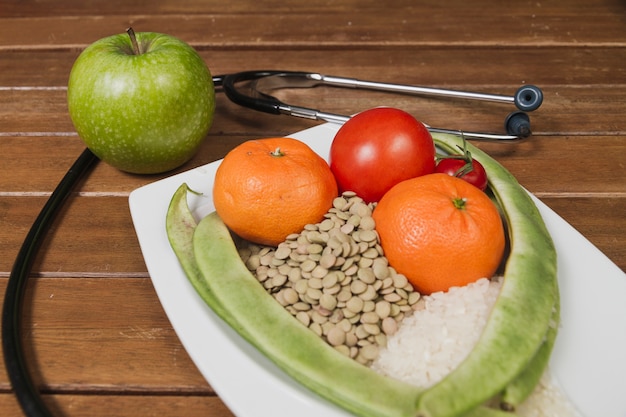
This blueprint focuses on nutrient-dense, whole foods that support aerobic performance. It’s designed for consistency, simplicity, and adaptability—no complicated recipes or exotic ingredients.
Beets, spinach, arugula, and celery are rich in dietary nitrates, which convert to nitric oxide in the body. Nitric oxide improves blood flow and oxygen delivery to muscles, directly enhancing VO₂ max. Studies show that consuming beet juice or whole beets 2–3 hours before exercise can improve endurance and efficiency.
👉 Meal Prep Tip: Roast a batch of beets and chop spinach for use in salads, smoothies, or grain bowls throughout the week.
Protein supports muscle repair, mitochondrial biogenesis, and hemoglobin production (critical for oxygen transport). Aim for 1.6–2.2 grams of protein per kilogram of body weight daily, spread across meals.
Choose lean poultry, fatty fish (like salmon), eggs, legumes, and Greek yogurt. Fatty fish also provides omega-3 fatty acids, which reduce inflammation and support vascular health.
👉 Meal Prep Tip: Grill chicken breasts, bake salmon fillets, or hard-boil eggs in advance for quick assembly.
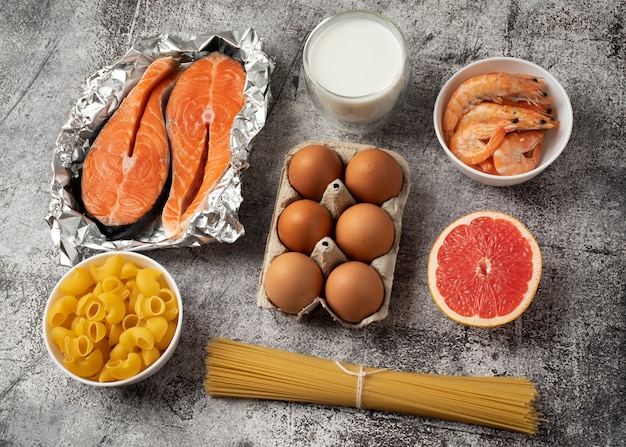
Carbohydrates are the primary fuel for high-intensity aerobic exercise. Depleted glycogen stores limit endurance and VO₂ max performance. Focus on whole grains (oats, quinoa, brown rice), sweet potatoes, and fruits.
👉 Meal Prep Tip: Cook a large batch of quinoa or brown rice to use as a base for meals. Add roasted vegetables and protein for balanced bowls.
Monounsaturated and polyunsaturated fats support cell membrane integrity and hormone production. Avocados, nuts, seeds, and olive oil are excellent choices. Omega-3s, in particular, improve endothelial function and reduce arterial stiffness.
👉 Meal Prep Tip: Pre-portion nuts and seeds into small containers for snacks. Add avocado slices or olive oil dressing to meals.
Iron is essential for hemoglobin and myoglobin, proteins that carry oxygen in blood and muscles. Deficiency—especially in menstruating individuals—can impair VO₂ max. Pair iron-rich foods (lean red meat, lentils, spinach) with vitamin C (bell peppers, citrus, broccoli) to enhance absorption.
Antioxidants (vitamins C and E, polyphenols) combat exercise-induced oxidative stress, supporting recovery and adaptation.
👉 Meal Prep Tip: Combine spinach and bell peppers in a stir-fry or salad. Add berries to breakfast oats or yogurt.
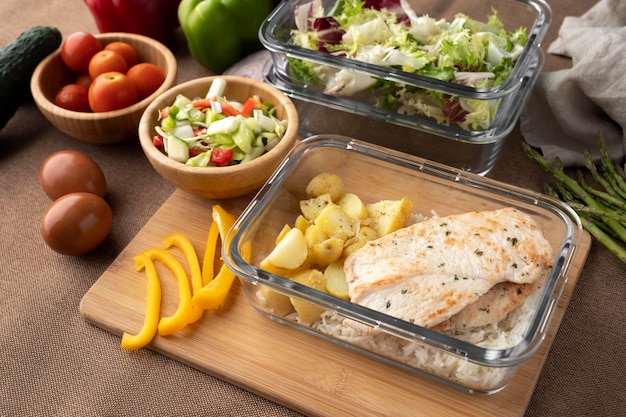
Adjust portion sizes based on activity level and goals. Hydration—especially with electrolytes during intense training—should not be overlooked.
This blueprint is flexible. Vegetarians can replace meat with lentils, tofu, or tempeh. Vegans should ensure B12 supplementation and combine plant proteins for complete amino acid profiles. Those with higher energy needs (e.g., endurance athletes) can increase carbohydrate portions.
If nitrate-rich vegetables aren’t available, consider a beetroot supplement—but whole foods are preferred for fiber and additional nutrients.
Improving VO₂ max isn’t just about how hard you train—it’s also about how well you fuel. A structured weekly meal prep plan removes decision fatigue, ensures nutrient consistency, and supports physiological adaptations that enhance aerobic performance. Combine this nutrition strategy with regular aerobic and interval training for optimal results.
Start small: prep three core meals weekly, focus on nitrate-rich veggies and quality protein, and track how you feel during workouts. Over time, you’ll likely notice improved stamina, faster recovery, and measurable gains in endurance.

Fitness

Fitness

Fitness

Fitness

Fitness
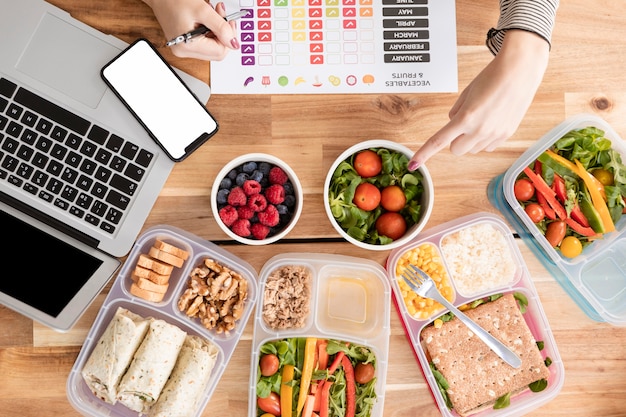
Wellness
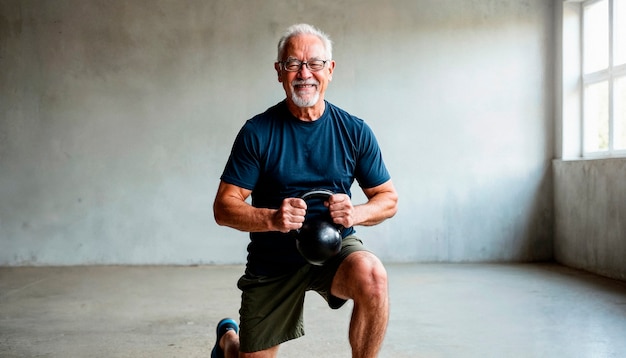
Fitness
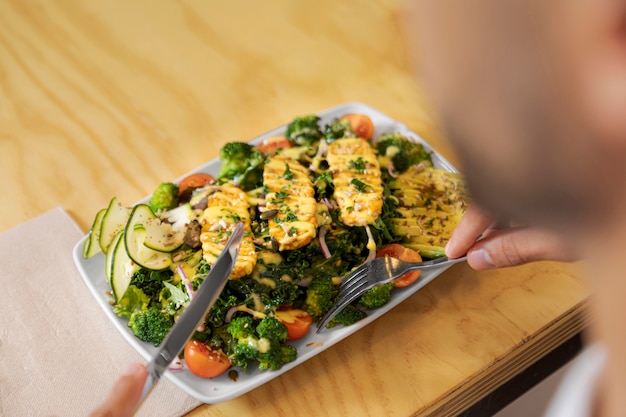
Wellness
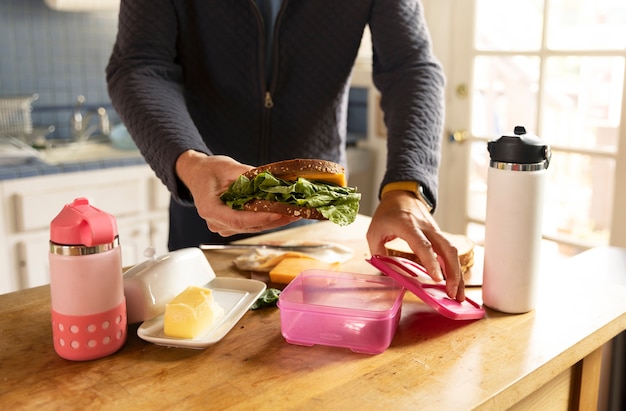
Wellness
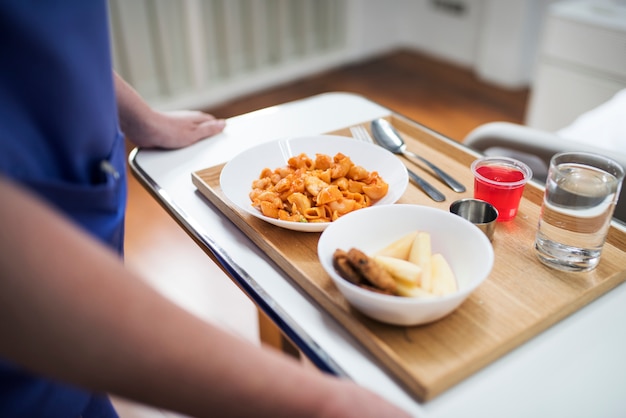
Health

Fitness
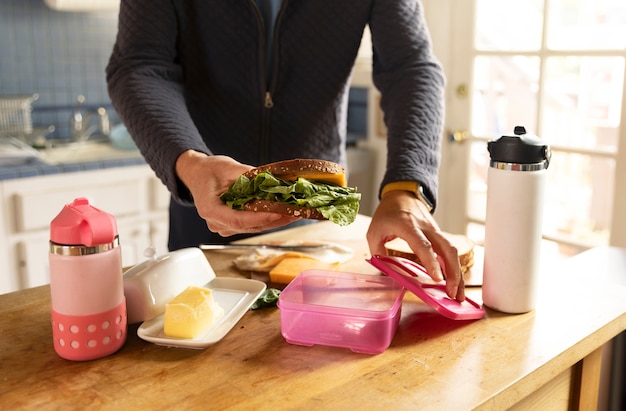
Wellness

Health

Fitness

Health

Health